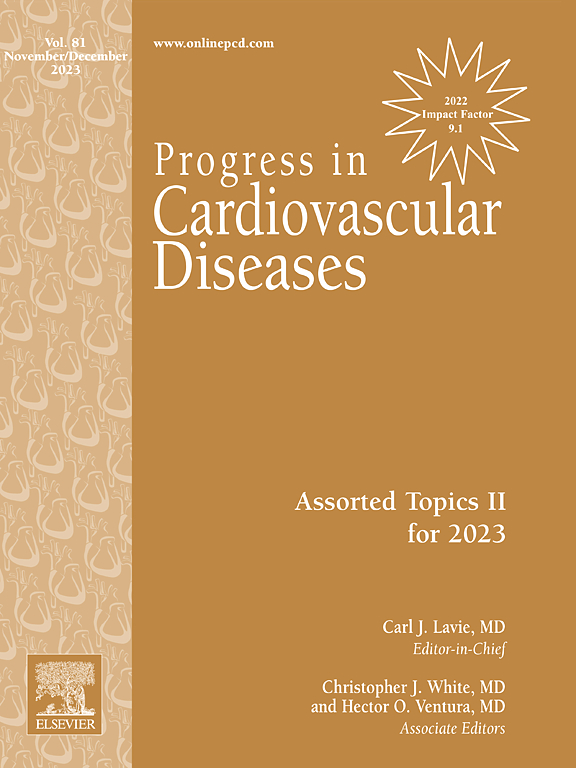Pulsed field ablation: The basics relating to effectiveness, durability, and safety
IF 7.6
2区 医学
Q1 CARDIAC & CARDIOVASCULAR SYSTEMS
引用次数: 0
Abstract
Pulsed field ablation (PFA) represents an innovative energy delivery approach for cardiac arrhythmia treatment, characterized by a favorable safety profile and effective myocardial lesion formation. It has demonstrated high acute pulmonary vein isolation rates with a reduced incidence of injury to adjacent anatomical structures. Nonetheless, procedure-specific complications such as haemolysis, intravascular gas formation, and coronary vasospasm have been observed and warrant further evaluation. Clinical evidence supports efficacy comparable to conventional thermal ablation in terms of arrhythmia recurrence. Ongoing advancements in catheter engineering, pulse modulation, and multimodal energy strategies aim to enhance lesion durability and transmurality. These developments position PFA as a promising technology in the field of cardiac ablation.

脉冲场消融:与有效性、耐久性和安全性相关的基础知识。
脉冲场消融(PFA)是心律失常治疗中一种创新的能量输送方法,具有良好的安全性和有效的心肌病变形成。它已经证明了高的急性肺静脉分离率和降低了相邻解剖结构损伤的发生率。尽管如此,手术特异性并发症如溶血、血管内气体形成和冠状血管痉挛已被观察到,需要进一步评估。临床证据支持在心律失常复发方面与传统热消融相当的疗效。导管工程、脉冲调制和多模态能量策略的持续进步旨在增强病变的持久性和跨壁性。这些发展使PFA成为心脏消融领域的一项有前途的技术。
本文章由计算机程序翻译,如有差异,请以英文原文为准。
求助全文
约1分钟内获得全文
求助全文
来源期刊

Progress in cardiovascular diseases
医学-心血管系统
CiteScore
10.90
自引率
6.60%
发文量
98
审稿时长
7 days
期刊介绍:
Progress in Cardiovascular Diseases provides comprehensive coverage of a single topic related to heart and circulatory disorders in each issue. Some issues include special articles, definitive reviews that capture the state of the art in the management of particular clinical problems in cardiology.
 求助内容:
求助内容: 应助结果提醒方式:
应助结果提醒方式:


